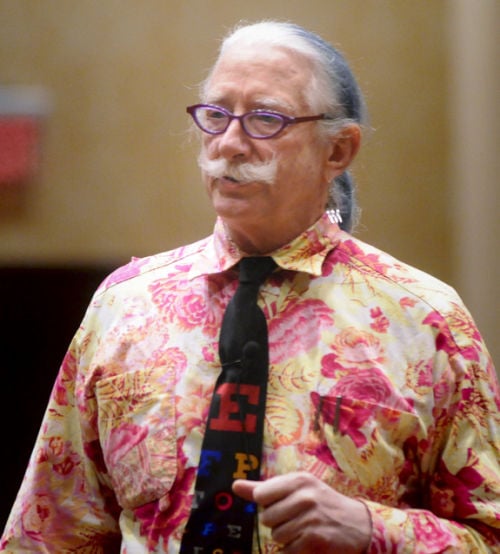
- #PATCH ADAMS HOSPITAL PATCH#
- #PATCH ADAMS HOSPITAL PROFESSIONAL#
- #PATCH ADAMS HOSPITAL TV#
- #PATCH ADAMS HOSPITAL FREE#
This attitude, while in line with his deepest beliefs, has hindered his progress towards achieving other goals (e.g. What he didn’t mention, but it was clear to see, was that in taking this stance, he had also declared himself an enemy to any organization that profited off of people’s sickness.
_small.jpg)
#PATCH ADAMS HOSPITAL PROFESSIONAL#
He proudly spoke of working as a file clerk in order to make ends meet financially without compromising on his commitment to never accept money for his professional services.
#PATCH ADAMS HOSPITAL PATCH#
Patch made it clear that his choices weren’t easy. It’s a true and defiant act of love when it’s offered to an enemy. It’s easy to bring joy to a welcoming audience. When he first decided to go on clown trips, he picked a country that personified “the enemy” at the time: Russia. He believes that loving and accepting those around you starts with loving and accepting yourself. He wears ridiculous clothing, not because he wants attention, but because he wants his “weird” appearance to help people feel more comfortable with their own uniqueness. Over the course of several hours, he asks them everything about their lives because he wants them to feel listened to, understood, loved. For his initial patient interview, Patch goes to his patients’ houses. Patch hugs people – especially his patients. To this day, at the age of 70, Patch has yet to accept money for providing healthcare. In fact, they ripped up checks that were secretly left for them. They never charged a dime to a single patient. From that day, until they closed in 1983 (to broaden their cause through outreach), they had 5-50 overnight guests every night and saw a total of approximately 15,000 patients. Adams moved into a large house with 20+ friends and they started calling themselves a hospital. When he graduated from Virginia Commonwealth University Medical School in 1971, Dr. He went on to describe what each of these commitments looked like in his professional life.
#PATCH ADAMS HOSPITAL FREE#
He did not know at the time what that would look like, exactly, but he was clear about two things: 1.) He was going to be a free doctor and 2.) He was going to be about love above everything else. He wanted to become a doctor and use medicine as an avenue for social change. During his third stay, he had the epiphany that would shape his life forever. Adams was in his late teens, he was committed to a mental institution three times for suicidal thoughts. Without pausing, he said, “You can be the kind of doctor you want to be, no matter what that is.” “If you could tell only one thing to pre-medical and medical school students, what would it be?” Finally, one particularly astute premedical student asked him the question: After the conference, 40 or so attendees gathered around him on the lawn, peppering him with questions. If you’d like to write to him, his address is PO BOX 307, URBANA, IL 61803 - and check out his Facebook page to follow his weekly videos about his joyous recovery.I was at a conference for premedical students a few months ago, and Patch Adams was there giving both the keynote speech along with several workshops. WATCH his engaging and inspiring message below…. In a way, this has been his message for health care providers all along: lighten the mood and you will lighten the struggle. He realized, “there’s all this “negativity” around amputation,” so he has already begun joking with the hospital staff, calling his new schtick ‘Fun With Amputation’.



“I can have hiding little characters that sit on that screen… like a nice ‘mooning’ picture.” “And, I’ve been thinking of all kinds of opportunities for clowning.”
#PATCH ADAMS HOSPITAL TV#
“What’s beautiful is, it looks like a little TV screen on the end,” he said, describing his new shorter leg. Plus, he now has a new prop in his comedy toolkit. The 75-year-old cheerfully described the miracle of today’s prosthetics, which allow people to run and do anything that anyone else does. “With the MRSA in there, I would not have a foot healthy enough to dance or to clown, which are two of my favorite things.” After three operations on his foot, he realized “it was time to amputate.” The founder of a healthcare center, Gesundheit! Institute in West Virginia, he was stricken six months ago with a nasty recurring case of MRSA (methicillin-resistant staphylococcus aureus).


 0 kommentar(er)
0 kommentar(er)
